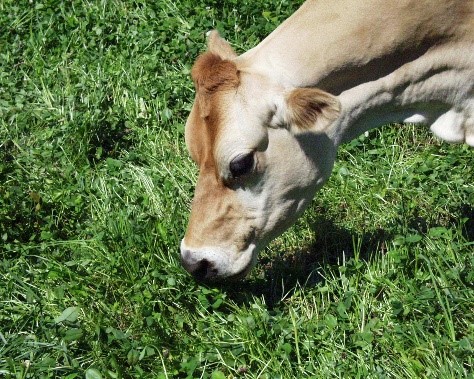
When one travels throughout much of Indiana, you quickly observe that corn and soybeans dominate the landscape.


When one travels throughout much of Indiana, you quickly observe that corn and soybeans dominate the landscape.
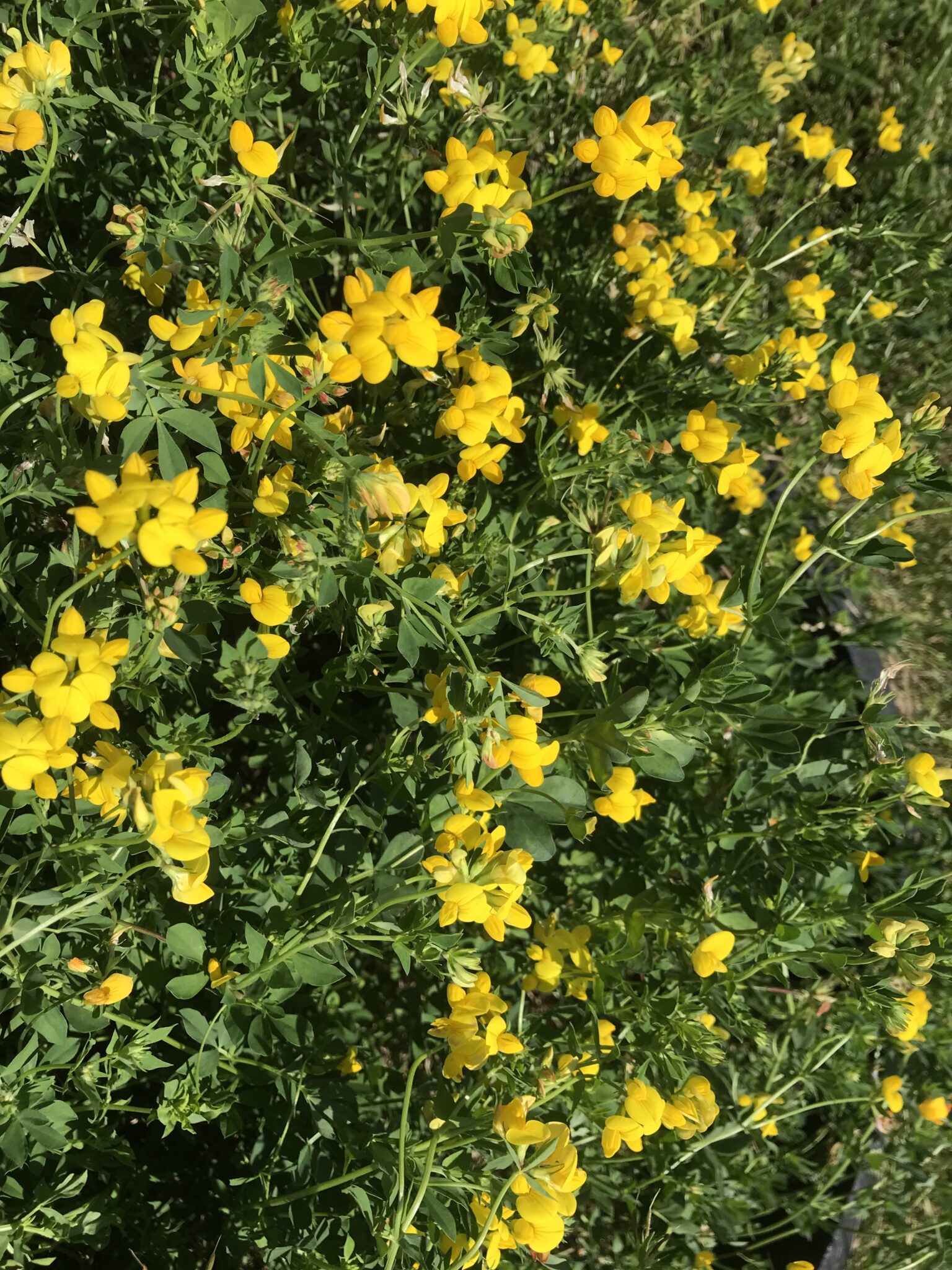
You don’t see birdsfoot trefoil in many Indiana pastures. This perennial legume is in full bloom now with obvious bright yellow-orange flowers.
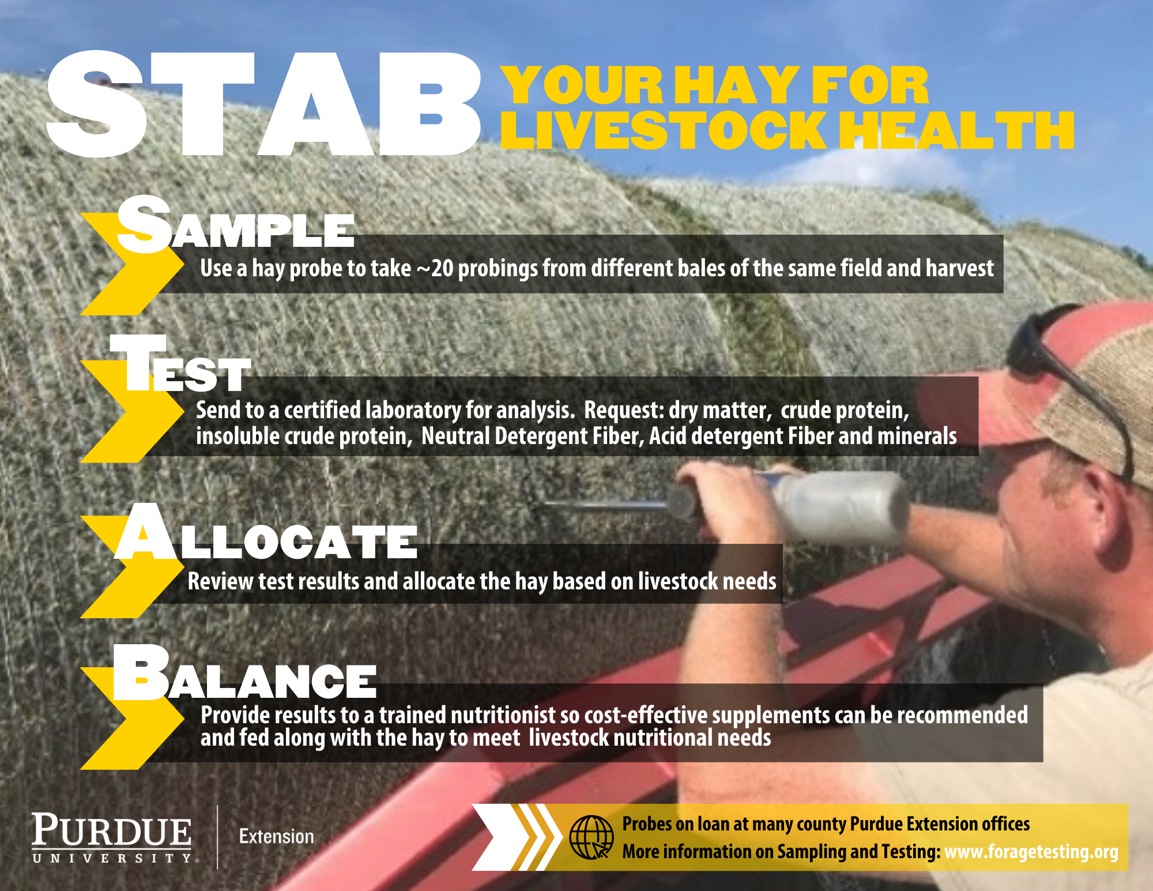
After hay has fully cured following the harvest, it is important to follow through and Sample, Test, Allocate, and Balance or STAB your hay. Doing the STAB is an important best management practice to keep your livestock healthy.
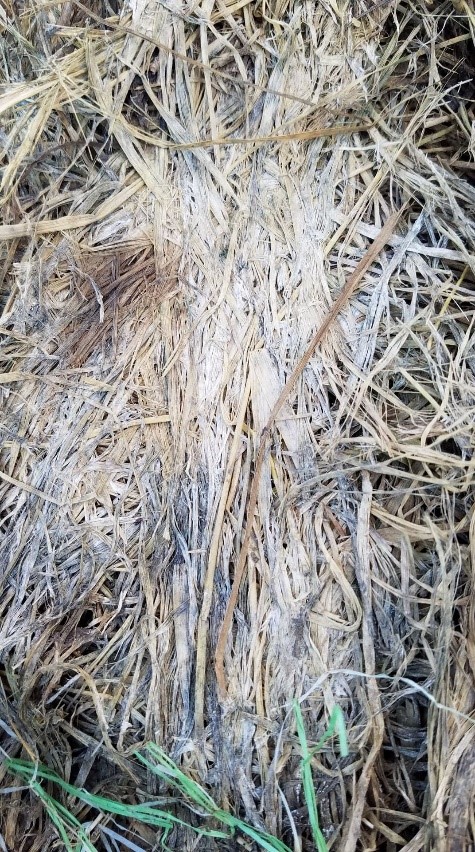
Much hay has been made in Indiana the last two weeks. It is important to package hay at the correct moisture content to avoid excessive heating of bales when in storage.

Want to learn how to improve your pastures? Attending a day and a half grazing school in early June will be a great start to improving pasture utilization by your livestock.
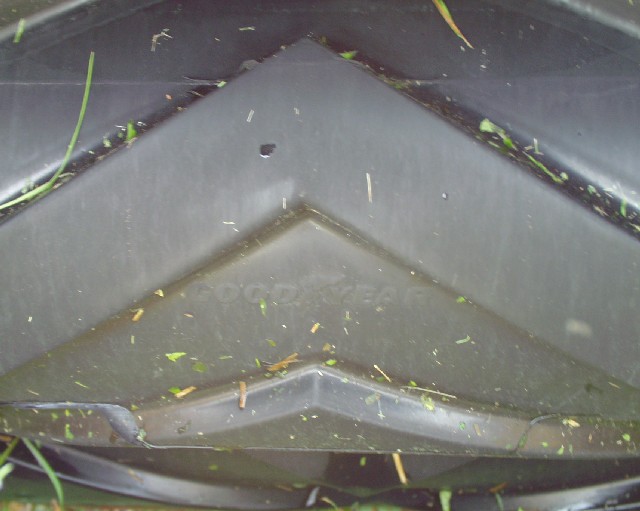
Harvest of cool-season perennial grasses and perennial legumes is beginning. Getting a standing forage crop that measures 75 percent moisture or more to a safe baling moisture of 18 to 20 percent moisture is “easier said than done”.
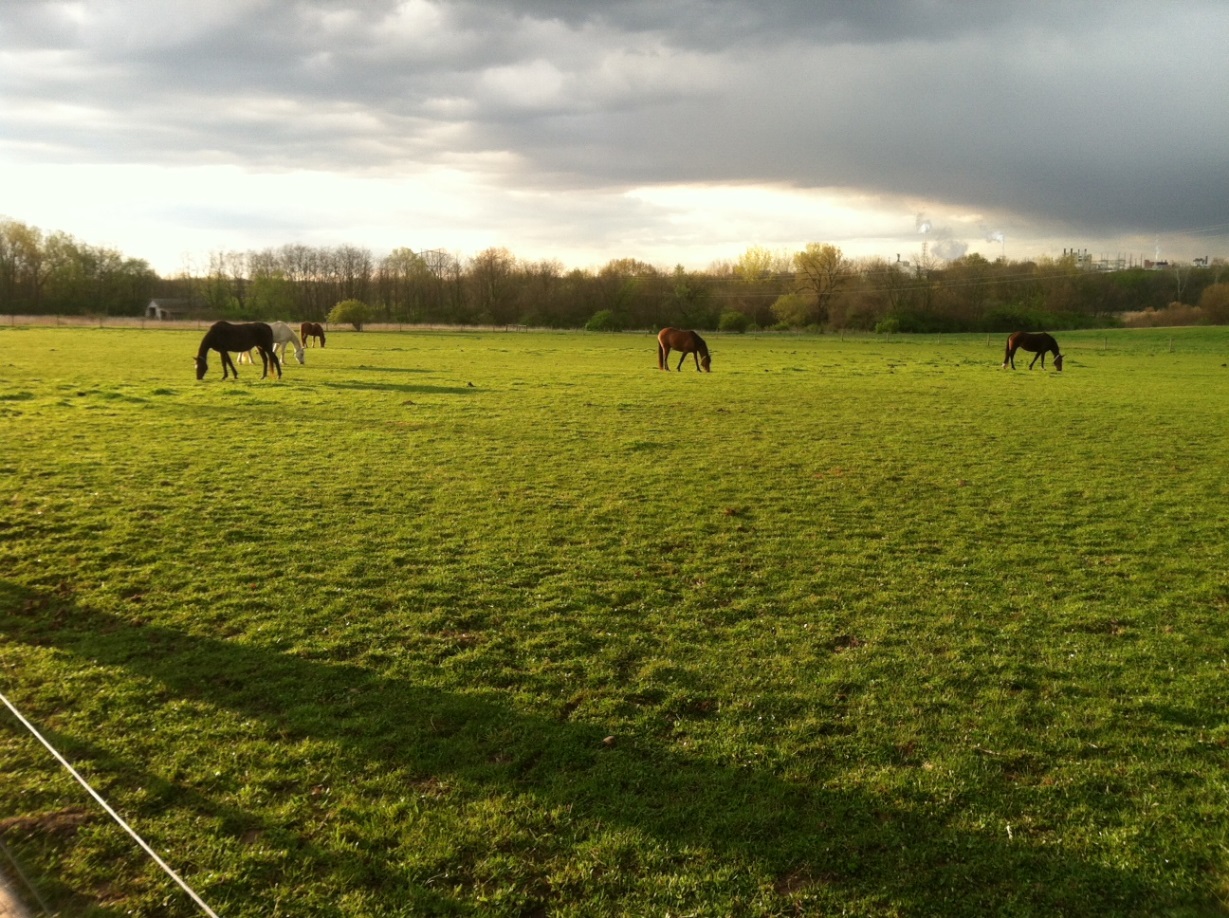
The 2021 grazing season has recently started and hay harvest is going to begin soon.
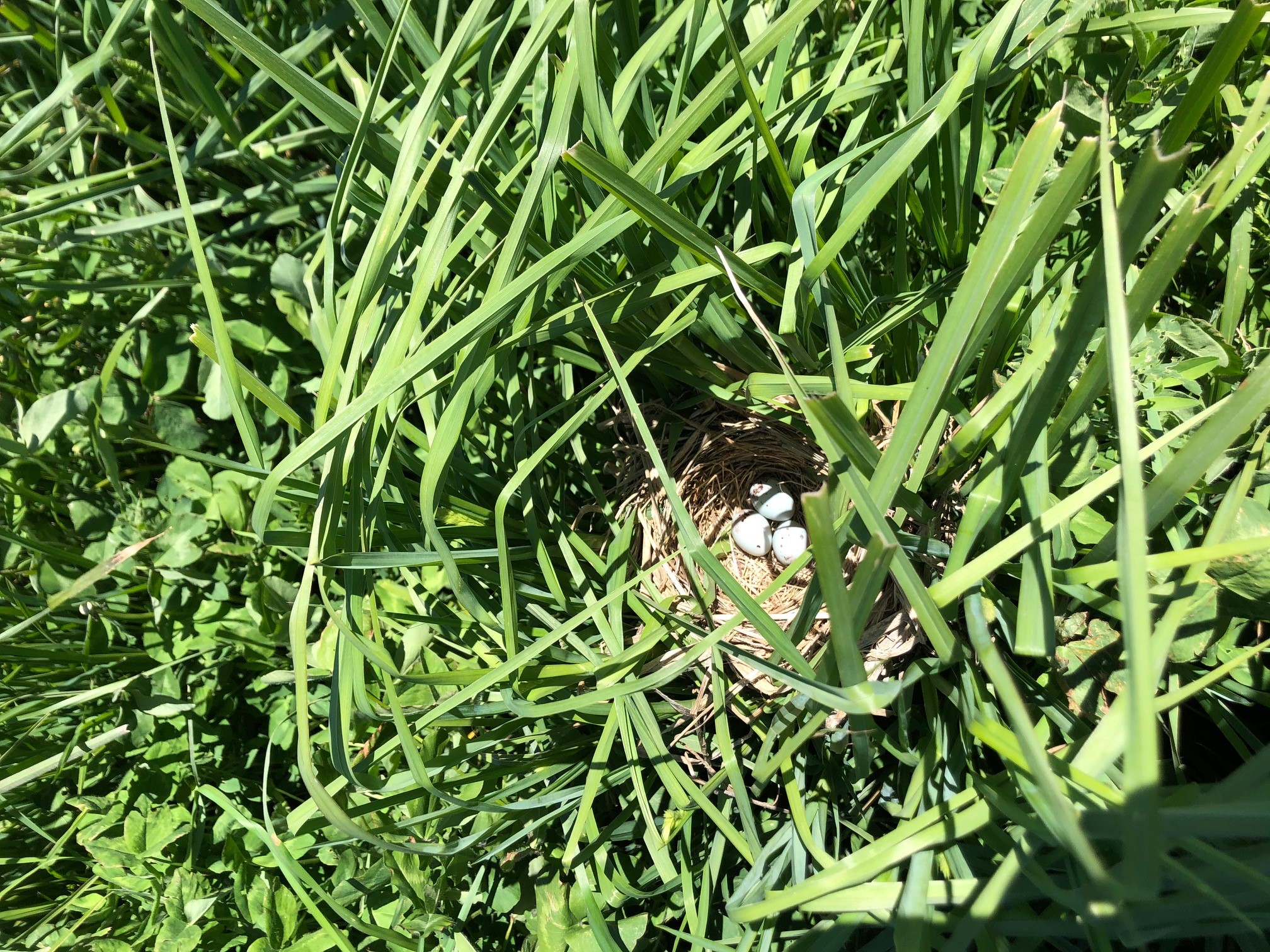
Livestock producers can get first-hand tips from experts on how to incorporate management-intensive grazing techniques during two-day seminars in June that will run in both northern and southern Indiana.
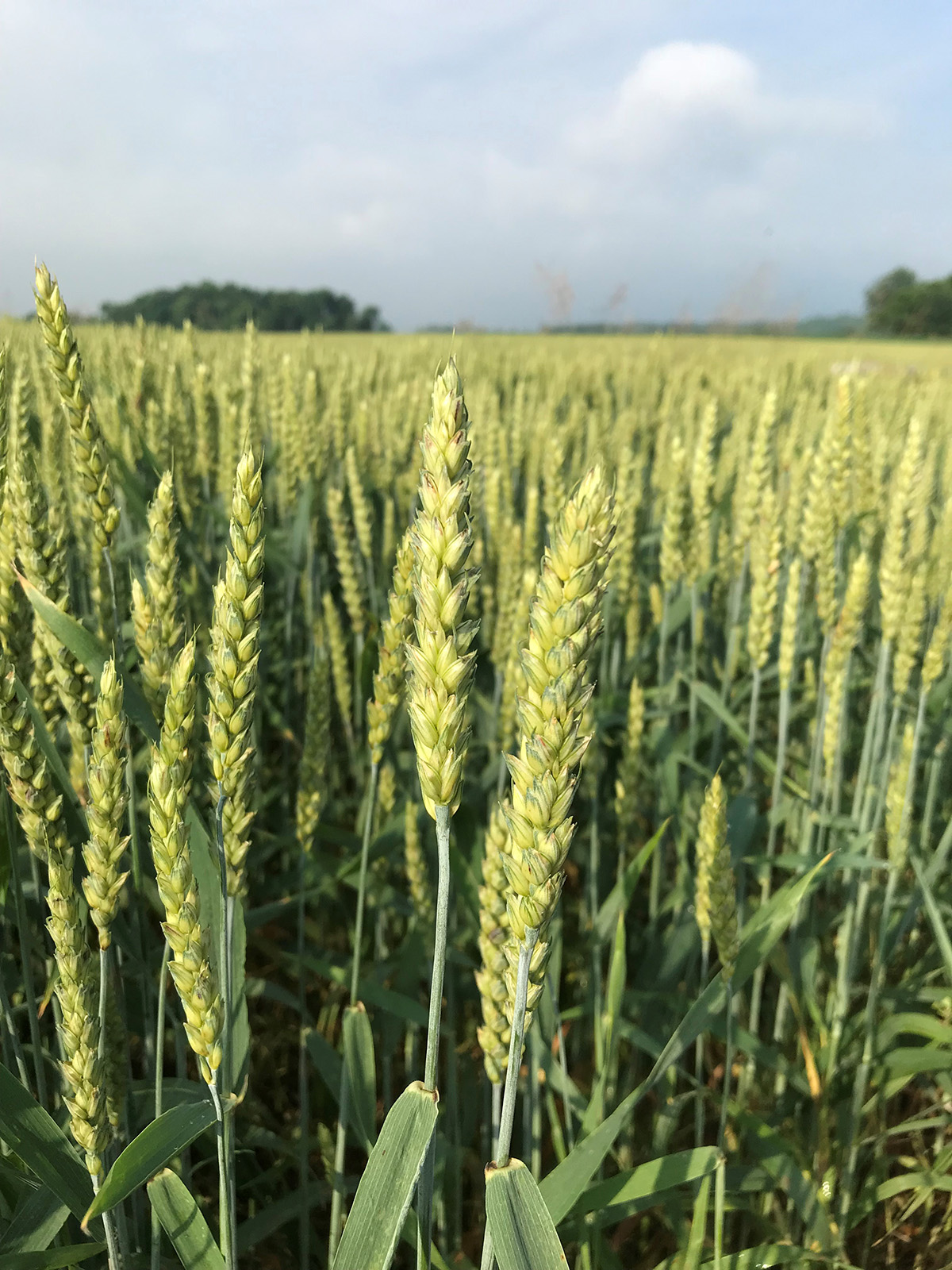
Many ruminant livestock producers have used soft red winter wheat as a forage resource, but many more livestock and row crop producers might want to consider this option, too.
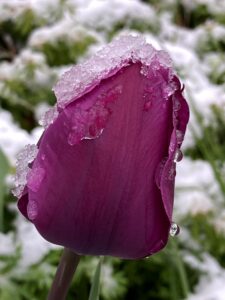
Keith Johnson, Purdue University Extension Forage Specialist, answers questions from the past week about cold temperatures, foxtail, and buttercup
© 2025 Purdue University | An equal access/equal opportunity university | Copyright Complaints | Maintained by Pest&Crop newsletter
If you have trouble accessing this page because of a disability, please contact Pest&Crop newsletter at luck@purdue.edu.